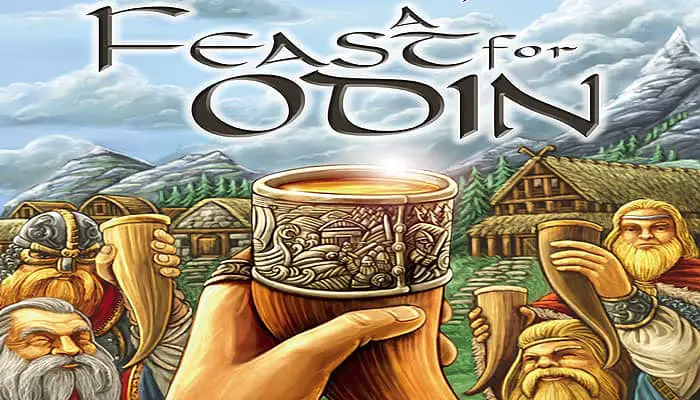
"A Feast for Odin" is a saga in the form of a board game. You are reliving the cultural achievements, mercantile expeditions, and pillages of those tribes we know as "Vikings" today-a term that was used quite differently towards the end of the first millennium.
When the northerners went out for a raid, they used to say they headed out for a "viking". Their Scandinavian ancestors, however, were much more than just pirates. They were explorers and founders of states. Leif Eriksson is said to be the first European in America, long before Columbus. …







